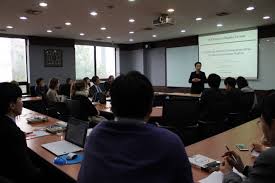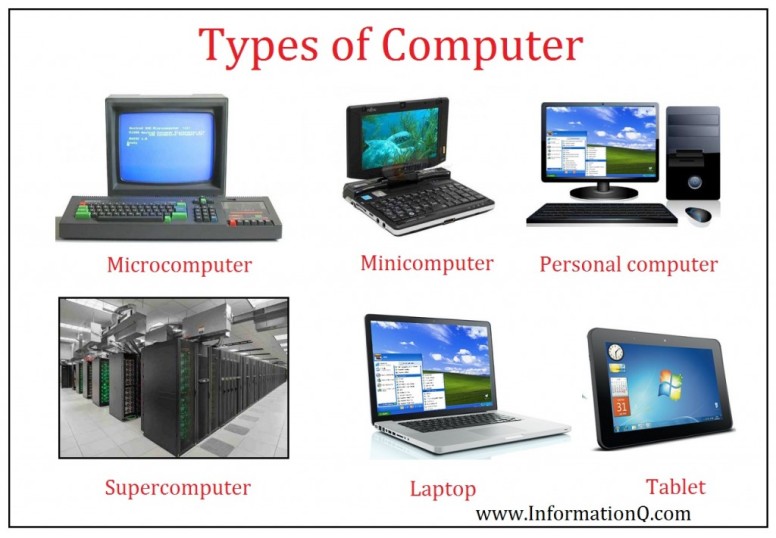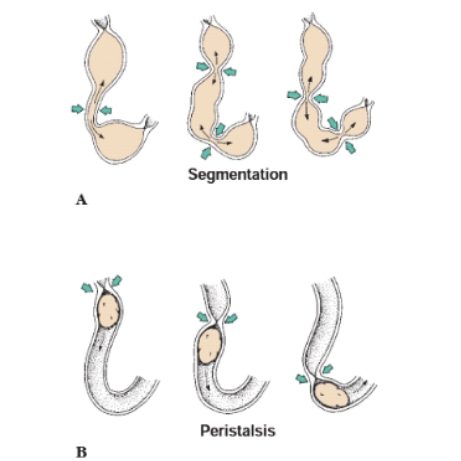
-
Culture refers to the customary practices and beliefs that have a significant impact on the basic values, perceptions, preferences, and behaviors of people.
Culture and entrepreneurship intervene in many ways.
- People traditionally engaged in businesses have a pro business attitude and disdain working as employees.
- Many people fall outside the establishment and remain unsuited for the traditional job market due to a strong culture of independence or other reasons.
- Business school students come under the missionary zeal of teachers who exhort them to become entrepreneurs even if the opportunity cost is very high.
-
The culture of consumerism where people desire material goods encourages entrepreneurship within the area as returns from a business become more than returns from a job.
- People engaged in jobs and other services pressure their children to find secure jobs and crush their entrepreneurship spirit at a very early age.
- A culture of thrift where people spend less and save for a rainy day discourages entrepreneurship within the local community as the returns from a business become less attractive compared to returns from a job.
- Cultures where people are risk averse and do not attach much importance to hard work and persistence are not conducive to entrepreneurship.
-
How Political Environments Support or Suppress Entrepreneurship
The following are some of the ways in which the political environment influences entrepreneurship:
-
-
How Cultural Factors Influence Entrepreneurship
Culture refers to the customary practices and beliefs that have a significant impact on the basic values, perceptions, preferences, and behaviors of people.
Culture and entrepreneurship intervene in many ways.
- People traditionally engaged in businesses have a pro business attitude and disdain working as employees.
- Many people fall outside the establishment and remain unsuited for the traditional job market due to a strong culture of independence or other reasons.
- Business school students come under the missionary zeal of teachers who exhort them to become entrepreneurs even if the opportunity cost is very high.
-
The culture of consumerism where people desire material goods encourages entrepreneurship within the area as returns from a business become more than returns from a job.
- People engaged in jobs and other services pressure their children to find secure jobs and crush their entrepreneurship spirit at a very early age.
- A culture of thrift where people spend less and save for a rainy day discourages entrepreneurship within the local community as the returns from a business become less attractive compared to returns from a job.
- Cultures where people are risk averse and do not attach much importance to hard work and persistence are not conducive to entrepreneurship.
-
How Political Environments Support or Suppress Entrepreneurship
The following are some of the ways in which the political environment influences entrepreneurship:
- Government support to economic development through infrastructure development, facilitation, industrial parks, and the like all encourage entrepreneurship.
- High taxes that cut into the returns usually discourage entrepreneurs. On the other hand, tax holidays to encourage business attract start-ups.
- The availability of infrastructure and utilities such as good roads, power, communication facilities, and lack of corruption and bureaucratic delays in obtaining such utilities encourage entrepreneurship.
- Economic freedom in the form of favorable legislation and few hurdles to start and operate businesses encourage entrepreneurship.
- While most businesses accept laws related to the safeguard of labor rights and the environment, some countries have retrograde laws that make compliance very difficult and time consuming. Such legal hurdles create a barrier to entrepreneurship.
Unstable political conditions where government policies change frequently discourage business, as investors fear for the safety of their investments.
-
How Economic Factors Influence Entrepreneurship
The nature of the economy is a major factor that influences entrepreneurship.
- The general purchasing power of the people, manifested by income levels and economic prosperity of the region, plays a major role in the success of entrepreneurial ventures.
- During times of economic slowdown or recession, the purchasing power declines and people remain reluctant to invest, affecting entrepreneurship adversely.
- In a subsistence economy, most of the people are engaged in agriculture, consuming most of their output and bartering the rest for simple goods and services. Entrepreneurial opportunities are few in such scenarios.
-
Availability of Resources as a Major Factor that Affects Entrepreneurship
Critical factors that influence entrepreneurship include the availability of resources such as capital, human assets, raw materials, infrastructure, and utilities.
- Capital remains indispensable to start an enterprise. The availability of capital allows the entrepreneur to bring together other factors and use them to produce goods or services.
- The importance of human assets or employees can never be underestimated. No enterprise succeeds without a skilled and committed workforce.
- The very existence of the business depends on the availability of raw materials to process.
- Physical infrastructure and utilities such as good roads, parking, communication facilities, and power all play a crucial factor in the seamless functioning of a business.
-
How Entrepreneurial Skill Sets and Psychological Orientation Affects Entrepreneurship
All other factors notwithstanding, the success of an entrepreneurial venture depends on the entrepreneur. The entrepreneur is the leader and driver of the venture, and requires the following skill-set and orientation for success:
- Hard work and persistence
- Ability to manage and minimize risk
- Ability to draw up a comprehensive business plan, and having a contingency plan ready
- A strong need-orientation that provides the inclination to achieve things
With the collapsing trade barriers bringing in greater opportunities, and job security passé, the conditions for entrepreneurship are better than ever before.
References
- Image Credit: flickr.com/net_efekt under CC 2.0 license
- Kamaruzzaman et al. Report on Factors Influencing Entrepreneurship Development In Barisal Metropolitan City: Problems and Prospect
- Kotler, P. and Armstrong, G. (2004) Principles of Marketing. Prentice Hall.
- Barclay, Martha, J; & Boston, Sheryl. (1989). Factors Influencing International Entrepreneurship in the Hospitality Industry.Journal of Hospitality & Tourism Research, Vol. 13, No. 3, 547 (1989)
-
-










 Since all cells in our body contain DNA, there are lots of places for mutations to occur; however, not all mutations matter for evolution.
Since all cells in our body contain DNA, there are lots of places for mutations to occur; however, not all mutations matter for evolution. 

 Mutations can also be caused by exposure to specific chemicals or radiation. These agents cause the DNA to break down. This is not necessarily unnatural — even in the most isolated and pristine environments, DNA breaks down. Nevertheless, when the cell repairs the DNA, it might not do a perfect job of the repair. So the cell would end up with DNA slightly different than the original DNA and hence, a mutation.
Mutations can also be caused by exposure to specific chemicals or radiation. These agents cause the DNA to break down. This is not necessarily unnatural — even in the most isolated and pristine environments, DNA breaks down. Nevertheless, when the cell repairs the DNA, it might not do a perfect job of the repair. So the cell would end up with DNA slightly different than the original DNA and hence, a mutation.









